After going to Shakespeare’s Birthplace, my husband and I went to see Shakespeare’s New Place and Shakespeare’s Grave. For the Birthplace, the New Place and Hall’s Croft a special ticket can be bought that will cover all three attractions, at the moment is just shy of £17 for adults.
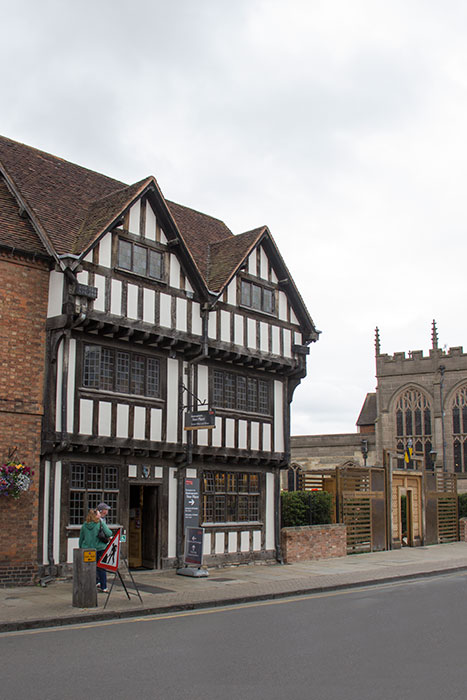
Shakespeare’s New Place is the house he bought a few years after he got married, in 1597. He bought the house from William Underhill. Underhill was poisoned two months later by his son, who was hanged for the murder. All the property he owned were confiscated by the crown. It’s quite a strange story.
A couple of years after he bought the house, The Globe theatre is built in London. In 1601 his father died and he inherited the house he was born in. Only two years after that, Queen Elizabeth I dies and she is succeeded by King James VI and I. In 1607, Susanna Shakespeare, his eldest child, marries Dr. Hall. Their house is the third property I mentioned at the beginning.
An year later, in 1608, Shakespeare’s mother dies. In 1609 his Sonnets are published. William Shakespeare dies at New Place in 1616, aged 52.
At New place, Shakespeare wrote many of his plays, including The Merry Wives of Windsor, Much Ado About Nothing, As You Like It, Hamlet, The History of King Lear, Macbeth and The Tempest.
In 1623, the same year the First Folio was published, Anne, Shakespeare’s wife dies at New Place. Their daughter, Susanna, entertained Queen Henrietta Maria at New Place, wife of King Charles I in 1643. 6 years later, after her death, her daughter Elizabeth will inherit. As she was living with her husband in Northamptonshire, the house is let to tenants.

In 1670, Elizabeth dies without children. She was William’s last direct descendant. Five years later the house is sold. In 1676 the house is sold again to a descendant of the family who built New Place. It’s amazing how things work out. Sadly in 1702 the house is demolished and a new one is built instead. After 50 years a reverend buys the house, he cuts down a mulberry tree planted by Shakespeare and demolishes the house because his application to extend the garden is rejected, all in less than 10 years. He moves away and after his death the site is sold again.
In 1861 a Shakespearian scholar established a trust to purchase the site of New Place. Excavation starts after the purchase is made. The same trust will buy The Shakespeare Birthplace 30 years later.
As the house was demolished, in the garden there are these markers where the different rooms in the house would have been.

The garden is home to many art pieces.
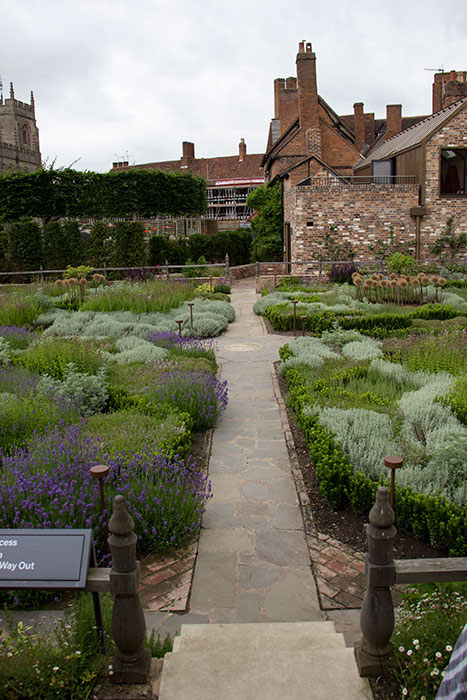
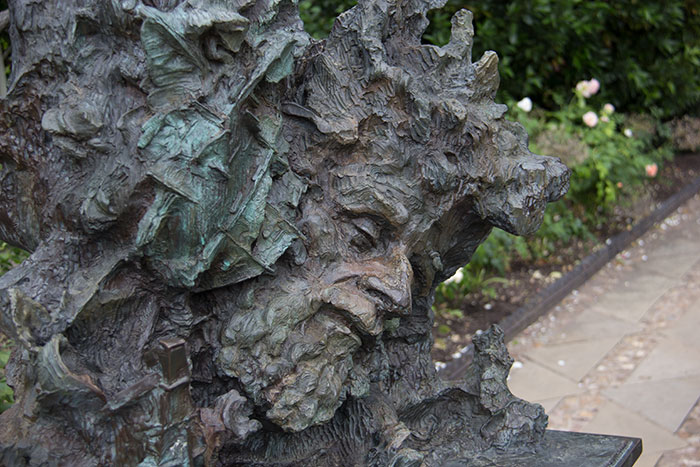
The Tempest, created in 1999.
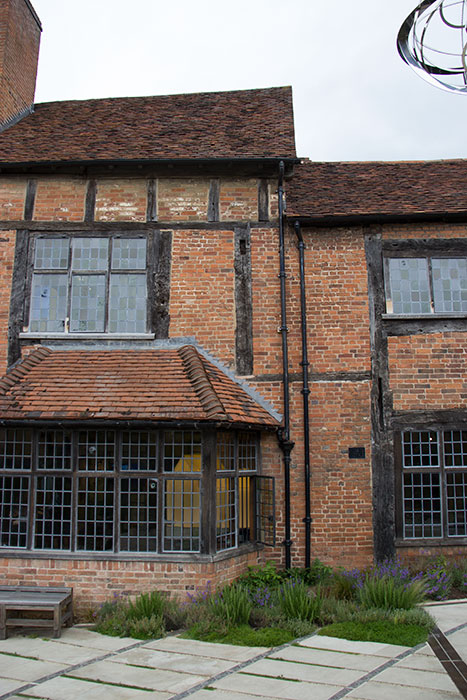
After visiting the garden we went to see the museum.
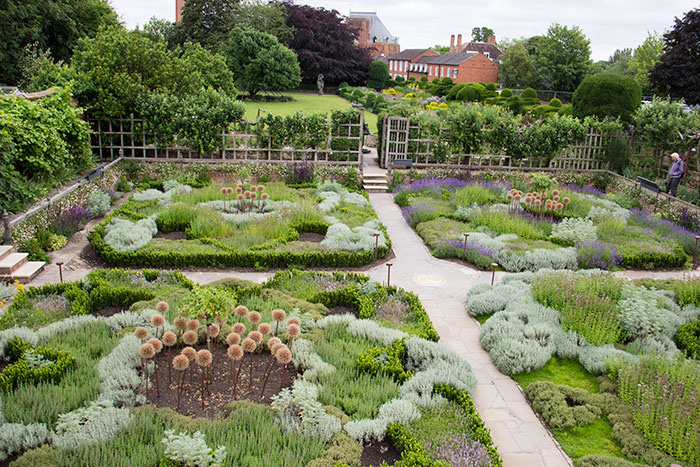
A view of the garden from the museum. It’s stunning.
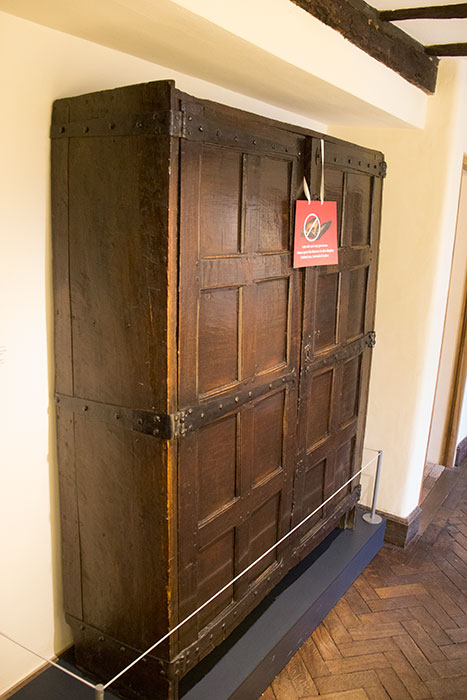
This oak cupboard was made in 1595 by two local man, Lawrence Abell and Oliver Hiccox. It has 12 drawers and it was a filling cabinet for the records of the town’s governing body.
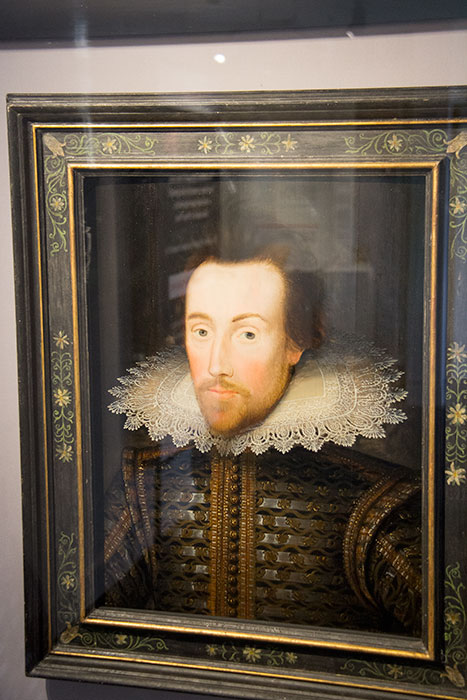
This oil painting of William Shakespeare is from 1610 – 1615.
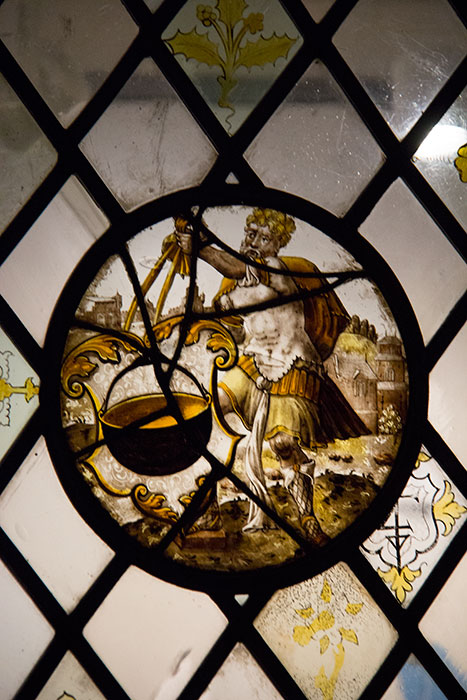
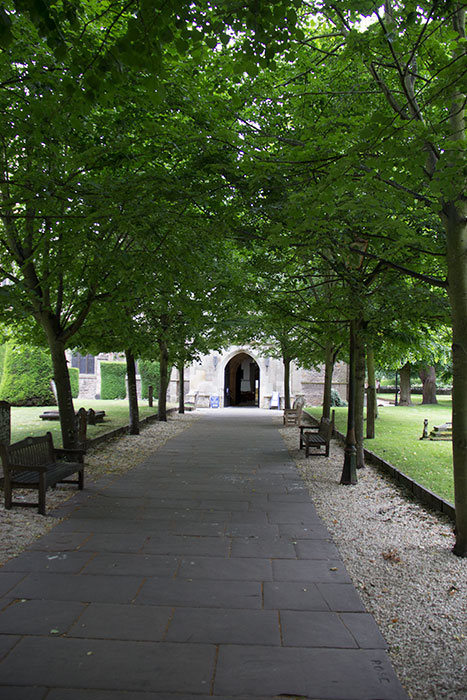
Shakespeare’s grave is in Holy Trinity Church, only a few minutes from the New Place. Near the church is a beautiful park.

To get to the chancel there is a small fee of £3. The grave is marked with that dark blue rope.
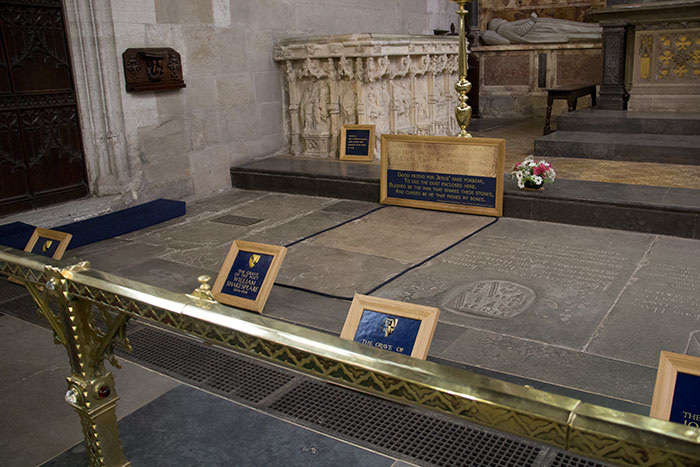
Beside his grave, on the left, it’s Anne Shakespeare’s grave, his wife. On the right are the graves of Thomas Nash, the first husband of William’s granddaughter Elizabeth Barnard, John Hall, the son in law and the last one is the grave of Susanna, the daughter of William.
In this church, William Shakespeare was baptized a few days after his birth. It’s not known if it’s the same church where Shakespeare got married. They had to get married in haste as their first daughter was born 6 months after their wedding.
The last months of William’s life were embroiled in scandal. His daughter Judith’s husband received penance in this church for getting another woman pregnant, that woman died in childbirth. A new will was made by William to exclude his son in law.
It’s not known why William died, but it’s believed he was already sick when he made this new will.
William died on 23 April 1616, surrounded by his family. He had purchased the right to be buried in the chancel by buying some church land.
In the same church, there are some other graves too, including one of a Lady in Waiting to Queen Elizabeth I.
It’s been a pleasure to visit both and I enjoyed learning about their history.

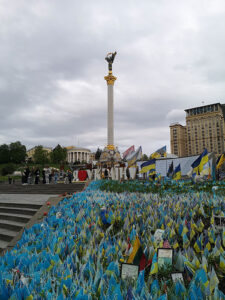



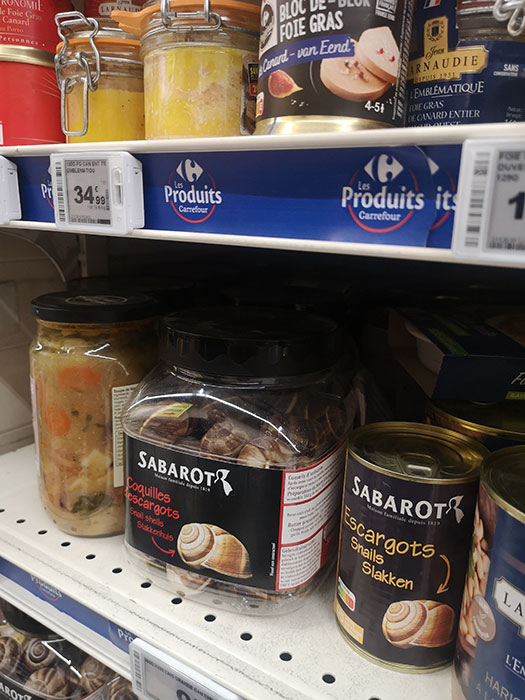


I’ve never visited Stratford-Upon-Avon, but really need to go – the gardens look so beautiful, and would love to learn more about Shakespeares wife and family
It’s always such a shame when places are demolished or destroyed, its amazing we’ve managed to retain so many historically important sites really! Looks like a really interesting place to visit! x
I wished Shakespeare lived longer but from what he wrote and performed, he’s a genius, a total genius and I can’t imagine being at his grave and I bet if he was to suddenly come to life that he’d be shocked to realize how much the literary world loves him.
Beautiful photos. I definitely have to visit when I can get out of the states, because this is really a dream for me to go to these places and experience the world. It’s nice to see it through your eyes, too because each of us has their stories to tell and to appreciate.
Thanks for this post, it’s somewhere I keep meaning to go, yet haven’t been. Lovely photos 🙂